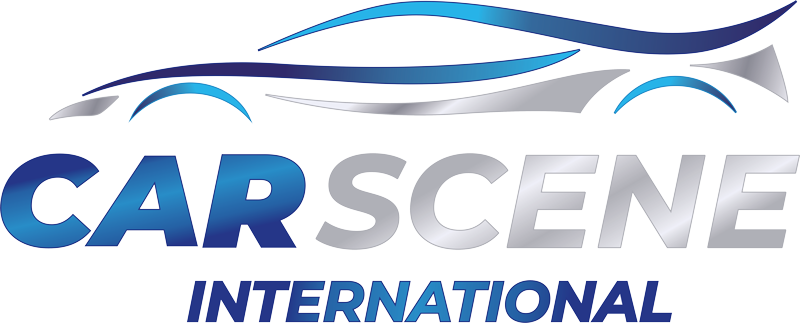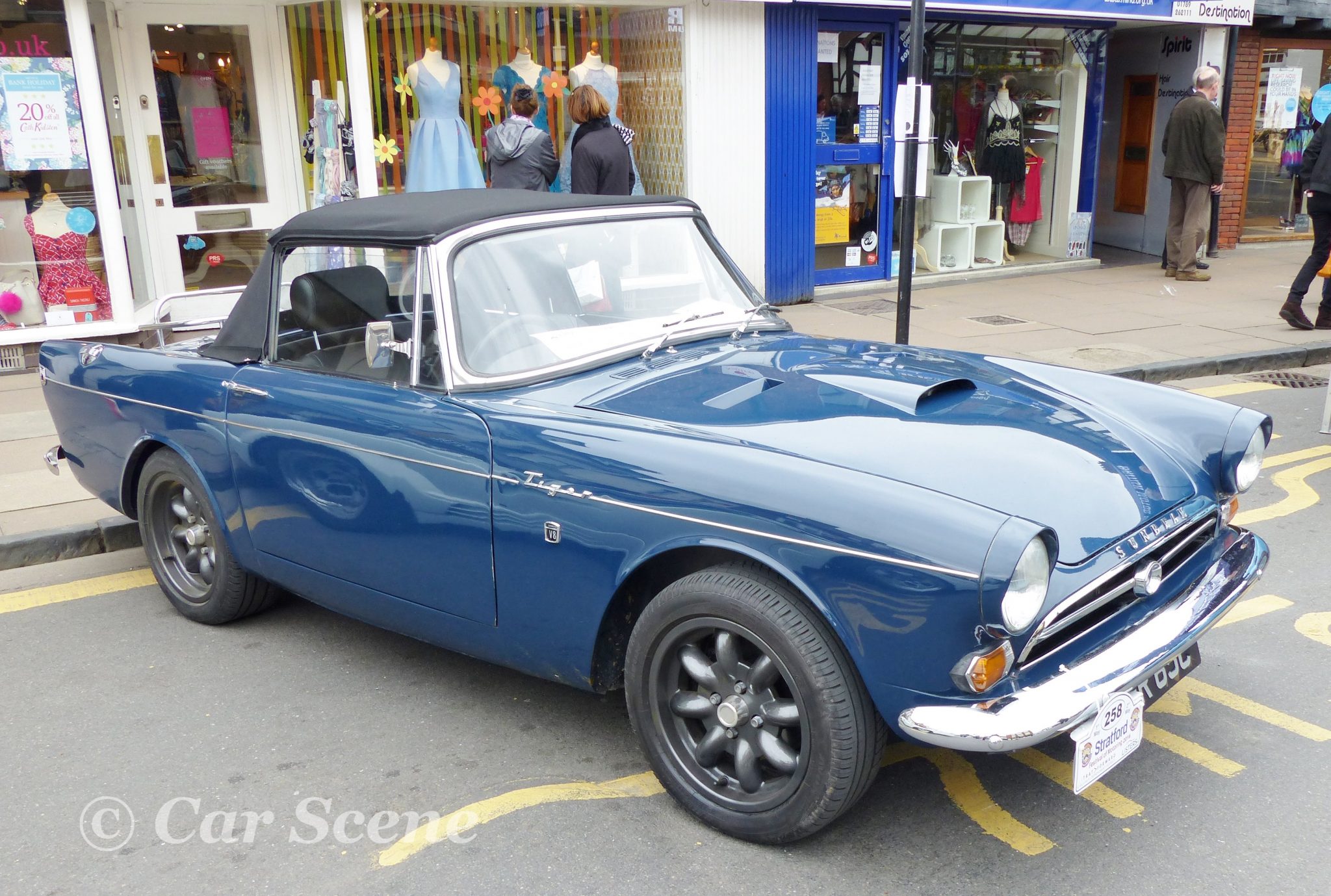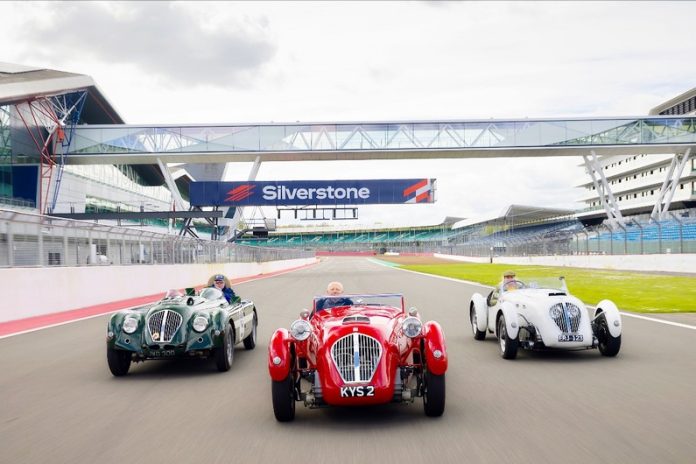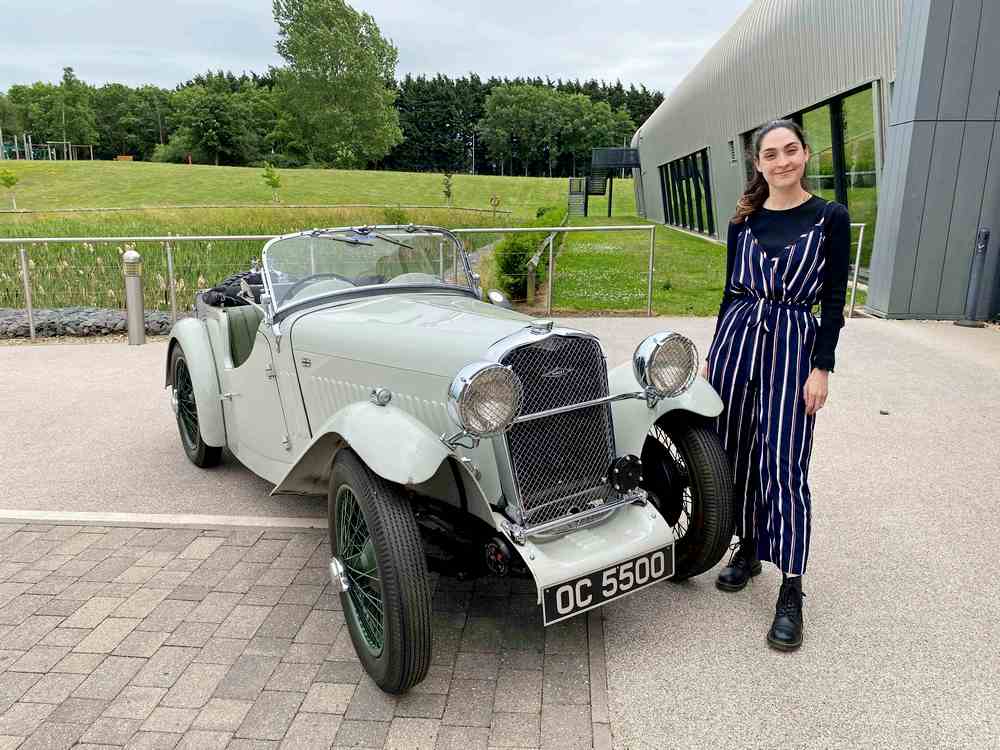Introduction
The main purpose of this post is to celebrate the 60th Anniversary of the Sunbeam Tiger’s commencement of production in June 1964. This article will be of most interest to Sunbeam Tiger enthusiasts and to those, who, like myself, have a general interest in cars and in particular British sports cars through the ages. In the case of the Sunbeam Tiger, I have a personal interest because I was employed in Jensen’s Drawing Office when the Tiger was being assembled at the Kelvin Way, West Bromwich, factory. I didn’t work on the Tiger myself, in fact, there were few drawings of Tiger components made at Jensen as it was fundamentally a Rootes product. Jensen appointed a Project Manager for the Tiger, Mike Jones, who like Kevin Beattie, Jensen’s deputy chief engineer (specialising in chassis design), at the time, came from Rootes and like Kevin was a product of the Rootes Pupilage scheme. The fact that Beattie had that important role at Jensen probably played a key part in Rootes giving the Tiger contract to the West Bromwich company. If you didn’t know or need reminding, Jensen, as well as building their own branded cars, were subcontractors to BMC and assembled bodies for the A40 Sports (1950-53), Austin Healey 100 > 3000 (1952-67), Austin Gipsy (1958-68). They also assembled the Volvo P1800 from 1961 – 62.
Conception
The Sunbeam Tiger was a development of the Sunbeam Alpine two-seater sports car produced by Rootes from 1959 until 1975. As an “ultimate” sportscar rather than a “boulevard” car, the Alpine was hampered by a fairly basic four-cylinder engine, from the Hillman Minx, that had limited tuning potential. Rootes realised that the Alpine needed more power if it was to compete successfully in world markets but lacked a suitable engine and the resources to develop one.
Initial exploration
What follows now is a multi-faceted story of how the Alpine ended up being equipped with a Ford V8 engine. Folklore suggests that the then Rootes Competitions Department manager, Norman Garrard, approached Enzo Ferrari to rework the Alpine engine. Unsurprisingly, this plan did not get past the discussion stage. The subject of improving the Alpine’s performance came up in a conversation between Garrard and racing driver Jack Brabham, it was he who first suggested putting an American ‘short-block’ V8 engine in the Alpine. Norman passed on this idea to his son Ian, who was the Rootes Group’s ‘West Coast’ sales manager. Armed with this idea Garrard started doing some basic metric research as to which American V8 would be the best fit in the tight confines of the Alpine engine bay. He concluded that the Ford Falcon’s 260 cu. in. V8 would do the job. Ian was friends with the American Automotive News writer Bill Carroll; Ian shared his thoughts on a V8 engine for the Alpine with Bill and the latter introduced Ian to Carol Shelby. By this time Shelby had made a great success of fitting a Ford V8 into a British AC Ace sports car and named the new car AC Cobra. When Shelby was brought into the equation Brian Rootes, son of Lord William Rootes and head of sales for the Rootes Group’s North American operations, was asked to approve a $10,000 retainer being paid to Shelby Engineering to develop the V8 engined Alpine. Apparently, Brian gave his approval without referring it back to HQ in England. Fortunately, it turned out to be a good investment.
The Shelby Prototype
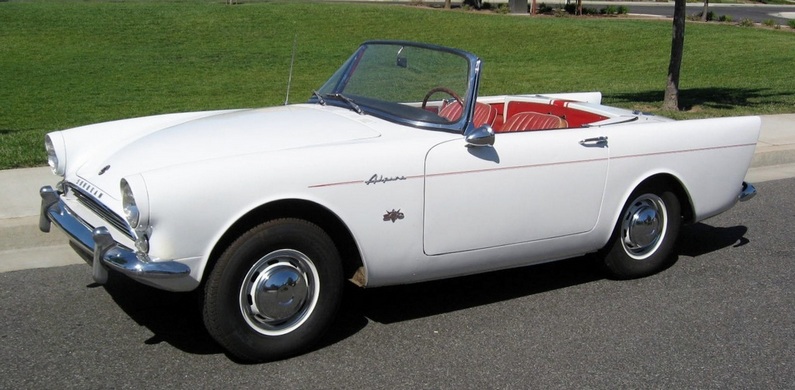
Shelby began work on a prototype in April 1963 and within a month it was ready for testing and “shakedown”. Ian Garrard and John Panks, director of Rootes Motors Inc., in North America, tested the car and were very favourably impressed, recommending that the car should be put into production as quickly as possible. It wasn’t quite as simple as that, we should remind ourselves that all this development work had been carried out in California without any involvement of the parent company or, most importantly, the knowledge, of Lord Rootes who would have to sanction the car going into production. When he was informed he wasn’t best pleased to learn that all this work had been undertaken without his knowledge. However, when the prototype was shipped to the U.K., in July 1963, for management assessment and hopefully, approval, Lord Rootes insisted on driving the car himself. I am sure that all the car’s promoters waited with bated breath for his verdict. They should have had more confidence in the mongrel product they had created; Lord Rootes left the driving seat, metaphorically, grinning from ear to ear. He was delighted and gave instant approval for the car to be put into production.
Approved for production
It is recorded that Lord Rootes contacted Henry Ford II directly to arrange a contract for Ford to supply Rootes with 260 cu. in. V8 engine and four-speed, manual, transmission units. He was so impressed with the car and confident of its appeal to the American market that he insisted the car should be revealed at the 1964 New York Motor Show, just eight months away. This placed a huge burden on the Rootes Group’s engineering facility, based in Humber Road, Coventry. Alec Cane and Don Tarbun were the Rootes development engineers given the task, in conjunction with Mike Jones at Jensen, to get the Tiger ready for series production.
As I look back to this time, armed with information I didn’t have then, I am amazed at the speed with which major decisions had been made, not the least being placing the assembly contract with the Jensen Motor Company of West Bromwich. I guess it was a fairly logical decision based on the facts of, one, West Bromwich is only 31 miles away from Coventry, facilitating easy communication, two, Jensen had experience in assembling bodies for the very successful “Big Healeys” and complete Volvo P1800s and three, there were ex Rootes personnel in senior management positions at Jensen. Nevertheless, the task Jensen production engineers were faced with, to convert what remained of the Volvo 1800 assembly line into one capable of assembling Sunbeam Tigers, in a matter of months, can only be described as herculean. Although the Alpine’s (Series IV) exterior skin panels would be retained, numerous chassis components had to be changed. The most obvious ones were the front cross-member and engine mounting brackets, another was the recirculating ball steering mechanism being replaced by a more precise Rack and Pinion unit. Production of the Sunbeam Tiger, at the Jensen Motors, Kelvin Way plant, commenced in June 1964. Fully painted and trimmed bodies were transported to Jensen from Pressed Steel’s Swindon plant. As a matter of interest, this is the opposite of the arrangement Jensen had with BMC/Leyland for the “Big Healeys”. In that case, Jensen shipped painted and trimmed Austin Healey 100 > 3000 bodies, to Longbridge, Birmingham, until late 1955 and thereafter to the MG factory in Abingdon, for all the mechanical parts to be fitted.
Apparently, Carol Shelby had hoped to be given the contract to build the Sunbeam Tiger in the U.S. but his close relationship with Ford plus the logistics of shipping Alpine bodies from the U.K. ruled against this. Any disappointment he may have had was assuaged by his being granted a royalty on every Tiger sold.
Production
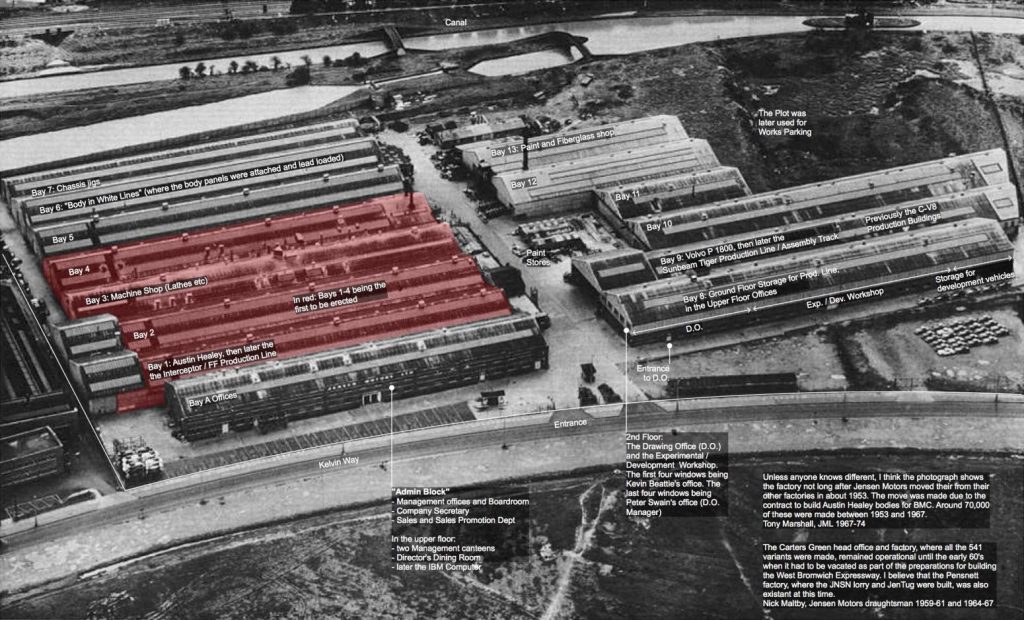
The first 3800 Tigers used the Alpine Series IV body with the remainder of the 6450 Mk. Is and the Mk. IIs having the Alpine Series V body. The Mk. I Tigers with the Series V Alpine body are unofficially referred to as the Mk. IA. Production of the Mk. II with its larger, more powerful, 289 cu. in. (4.7Ltr.) engine commenced in December 1966. Only 633 were built, for the North American market, before Chrysler, the new owner of the Rootes Group, pulled the plug on a car that used an engine sourced from its rival, the Ford Motor Company.
All Tigers were fitted with a single Ford two-barrel carburettor. The 260 cu. in. (4.3 ltr.) engine fitted to the Mk. I cars had a compression ratio of 8.8:1 while that of the larger Mark IIs engine was increased to 9.3:1. Other differences between the versions included upgraded valve springs (the 260 had developed a reputation for self-destructing if pushed beyond 5000 rpm), an engine-oil cooler, an alternator instead of a dynamo, a larger single dry plate hydraulically operated clutch, wider ratio transmission, and some rear-axle modifications. There were also cosmetic changes, the Mk. II had speed stripe tapes down its flanks instead of the Mk. I’s chrome strips. The Mk. I’s radiator grille was similar to that of the Alpine with a single, horizontal chrome bar whereas the Mk. II had an “egg crate” style grille. Also, the Mk. Is headlamp cowls were removed for the Mk. II. All Tigers were fitted with the same 4.5 in (110 mm) wide steel disc bolt-on wheels as the Alpine IV, and Dunlop RS5 4.90 in × 13 in (124 mm × 330 mm) cross-ply tyres. The lack of space in the Tiger’s engine bay causes a few maintenance problems; the left bank of spark plugs is only accessible through a hole in the firewall, normally sealed with a rubber bung and the oil filter was relocated from the lower left on the block to a higher position on the right-hand side, behind the alternator.
The Tiger name
At the prototype stage, the car was given the name ‘Thunderbolt’ but prior to its reveal at the 1964 New York Motor Show, this was changed to ‘Tiger’ in honour of the Wolverhampton-based Sunbeam Motor Car Company’s illustrious, 1925, car of the same name.
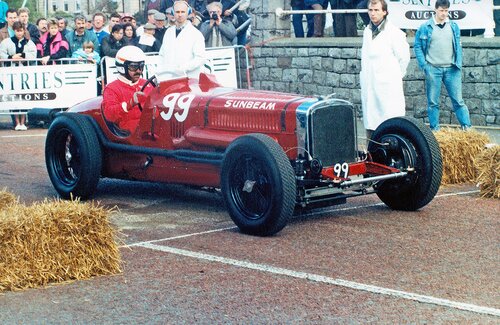
‘Harry’
British coachbuilders Thomas Harrington Ltd. built only a handful of beautifully crafted fastback Le Mans Coupe bodies based on Sunbeam Alpine chassis during the early 1960s. Just one of those bodies was built for the Sunbeam Tiger. This is that car, which is known to Sunbeam enthusiasts simply as ‘Harry’.
‘Harry’ was reportedly a factory developmental prototype that had been built based on future safety concerns about open-top models and with potential competition use in mind. Unfortunately, the end of Tiger production put an end to those lofty aspirations, and the Tiger Le Mans Coupe remained a one-off.
I was privileged to see this car at the 2016 Amelia Island Concours and spoke to its then owner, Jim Weddle, owner of the ‘Weddle Collection’, St. Louis, MO.
There have been replicas built, two that I know of were created in the late 1980s by Peter Matthews and Dave Muteham.
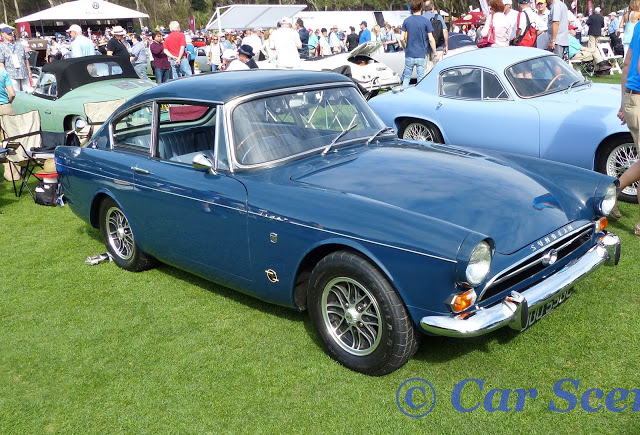
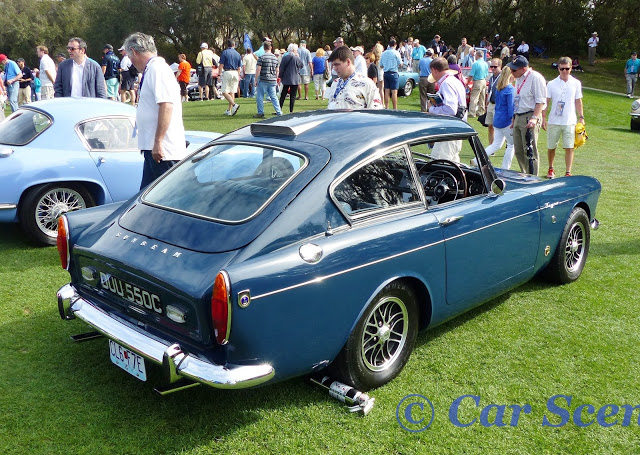
Here are a few photos of Sunbeam Tigers from the CSI Archive –
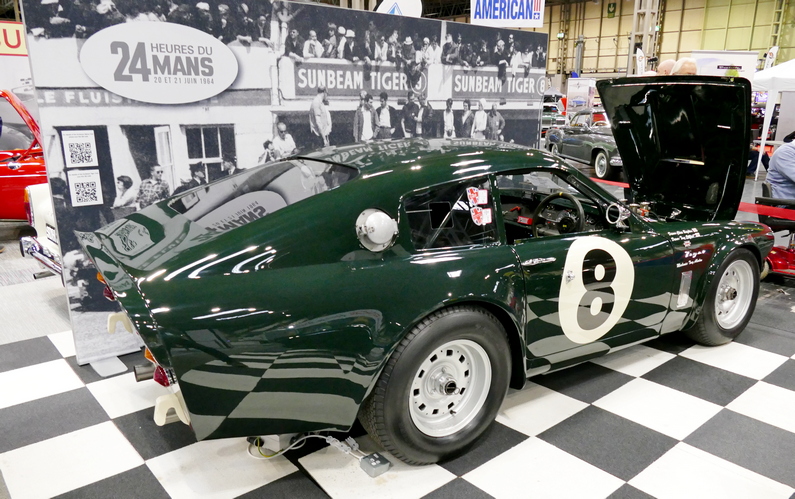
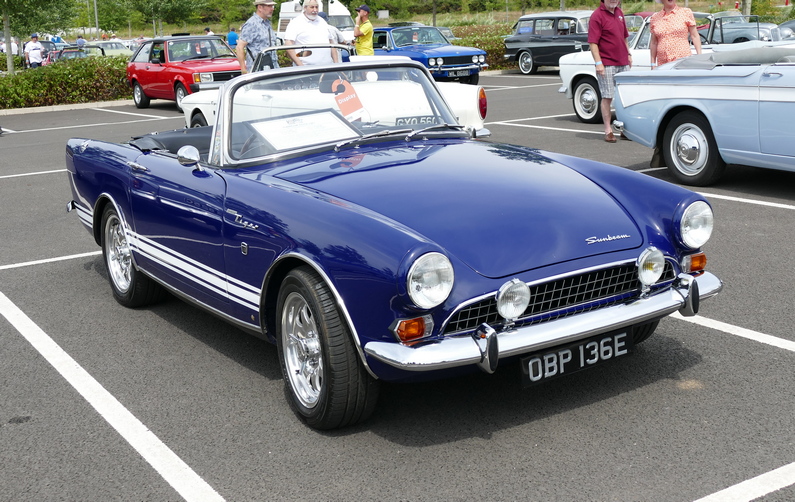
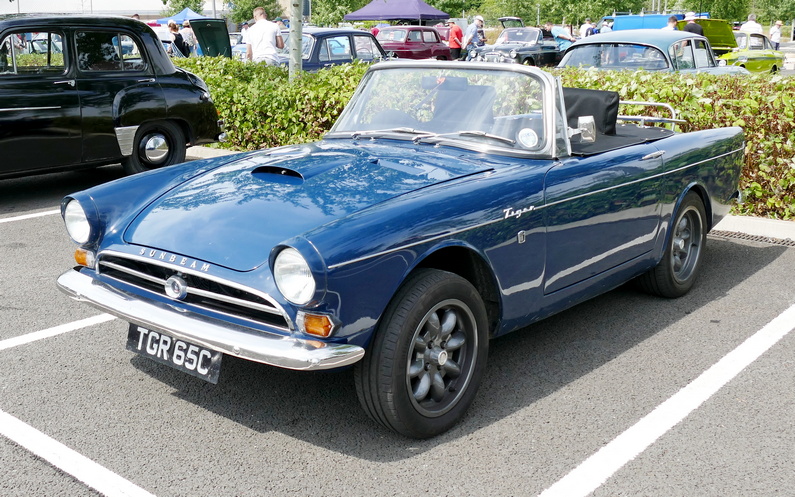
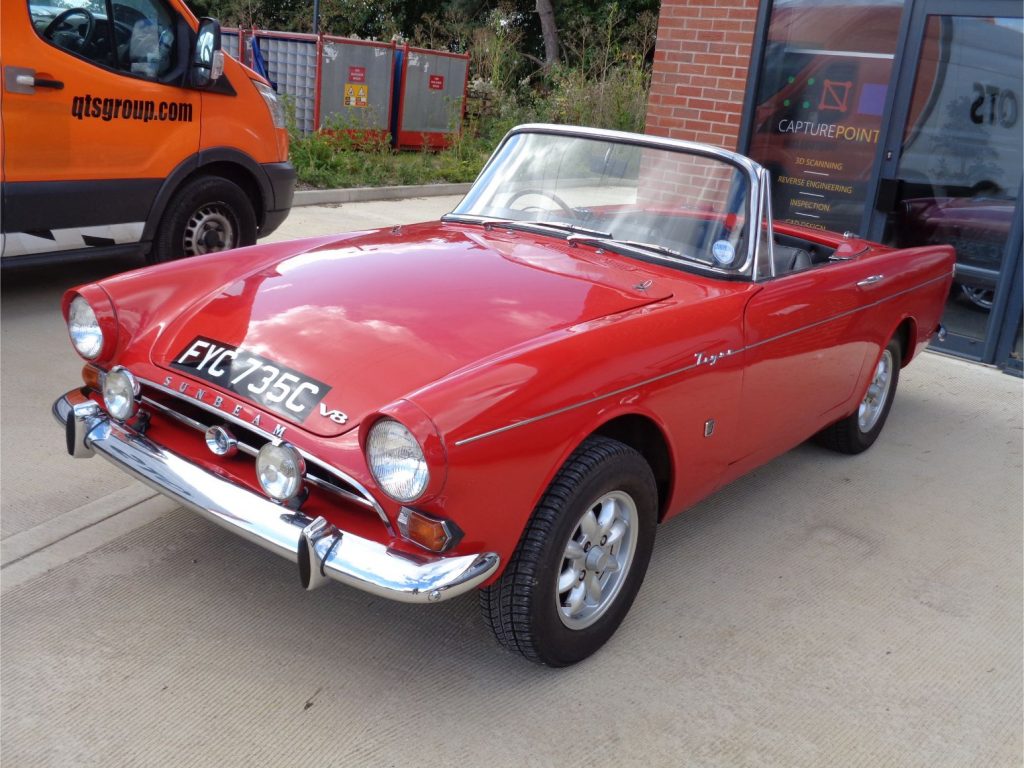
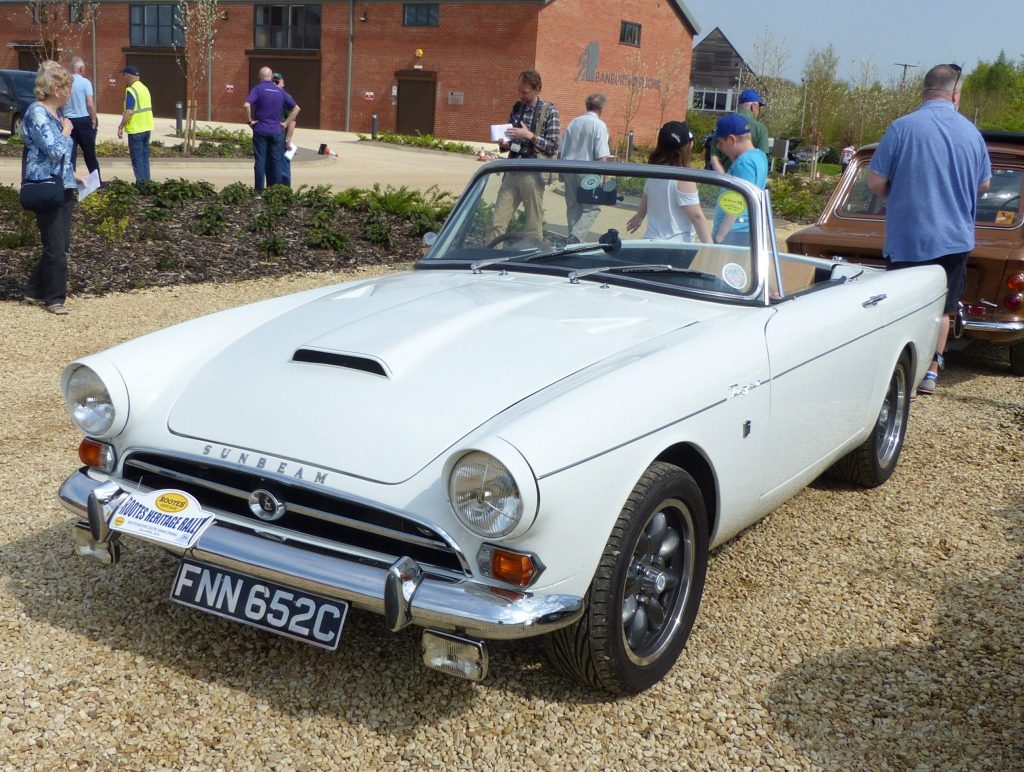
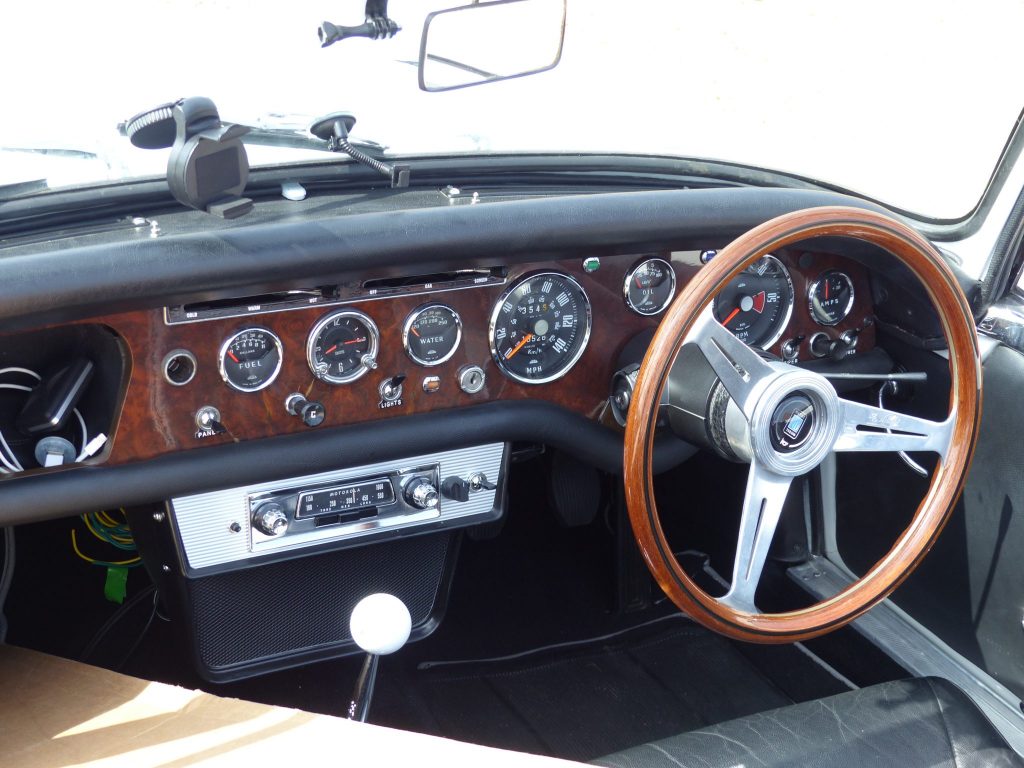
The Sunbeam Tiger’s Competition History
Three racing Tigers were constructed for the 1964 24 Hours of Le Mans race, one was a prototype of the two cars entered into the race. As well as being set up for racing they were fitted with fastback coupe bodies produced by Lister. Surprisingly, the bodies were made of steel, maybe this was to comply with the race regulations at the time. This meant that the improved aerodynamics and rigidity of the coupe bodies were offset by a weight penalty, over the standard car, of 66 lb (30 kg). This made it significantly heavier than its “purpose-built” competitors in the race. The standard Ford four-speed manual transmission was replaced with a BorgWarner T10 close-ratio racing transmission, which allowed for a top speed of 160 miles per hour (260 km/h).
Both Tigers suffered early mechanical failures, and neither finished the race. The engines had been prepared by Shelby but had not been properly developed, one of the consequences of that was their tendency to overheat, a problem that had beset early production cars. This was no doubt due to a relatively large engine being crammed into a small space thereby reducing the volume of cooling air.
A Tiger race car was built by Shelby Engineering at Rootes’ request. This had a number of successes in the ‘B’ Production Class of the Pacific Coast SCCA race series. The purpose of this racing programme was to provide publicity, not only for the Sunbeam Tiger but for Rootes Group products as a whole. Shelby’s commitment to the development of Ford cars caused him to hand over the Tiger race programme to Chic Vandergriff’s Hollywood Sports Car Dealership who continued to have success with the car, driven by Jim Adams.
Rootes entered the Tiger in European rallies, taking first, second and third places in the 1964 Geneva Rally. Two Tigers took part in the 1965 Monte Carlo Rally, one finishing fourth overall, the highest placing by a front-engined rear-wheel drive car, and the other eleventh After finally having sorted out the engine overheating problem by fitting a forward-facing air scoop to the bonnet, Rootes entered three Tigers in the 1965 Alpine Rally, one of which crossed the finishing line as outright winner. Scrutineers later disqualified the car however, because it had been fitted with undersized cylinder head valves. By the end of the 1966 Acropolis Rally though, it had become clear that low-slung sports cars such as the Tiger were unsuited to the increasingly rough-terrain rally stages, and the car was withdrawn from competition soon after.
Rootes Group Competitions Department employee Bernard Unett campaigned Sunbeam Tigers successfully in the 1965 and 1966 British Autosport Championship; firstly in one of the ex Le Mans cars, ADU 180B and then in the Alan Fraser Racing Team’s Tiger “Monster” (see below). Another personal reference – I was a member of the Mopar support team (two of us) that accompanied Bernard, team Manager Des O’Dell and the service crew, to all the race meetings in 1974 when he won the Britax Saloon Car Championship, in a Chrysler Avenger, for the first of three times. On one occasion, I drove Bernard home to Wolvey, Warwickshire, after he had sustained minor injuries in a race at Snetterton.
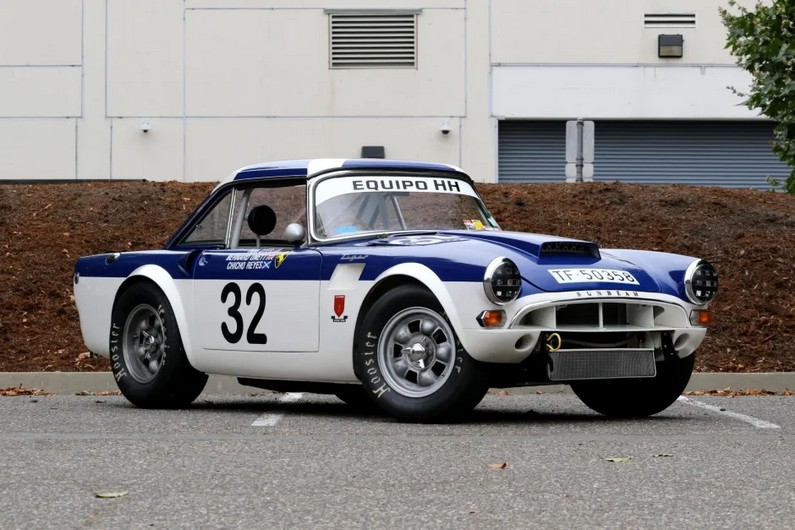
Why so Early?
The reason why this article has been published eight months in advance of the anniversary date is to give publicity to fundraising for a film that is being made by Berlinetta Films, U.K., to celebrate the event.
Click on this image to go to the link –
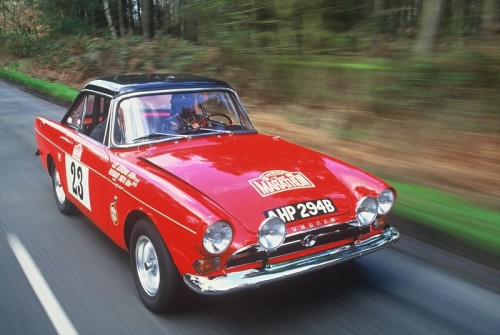
Nick
© carsceneinternational.com This copyright applies to both the text and all the photographs that are not attributed to other sources. info@carsceneinternational.com
Note: – Research for this article was conducted using various open-source internet-based material, together with my personal knowledge of the Jensen phase. This is not an exhaustive study of this engrossing subject, readers may wish to undertake their own research. Cross-referencing eliminated some obvious errors where they were encountered and I believe that most of the key factual elements are correct but cannot guarantee that is the case.
